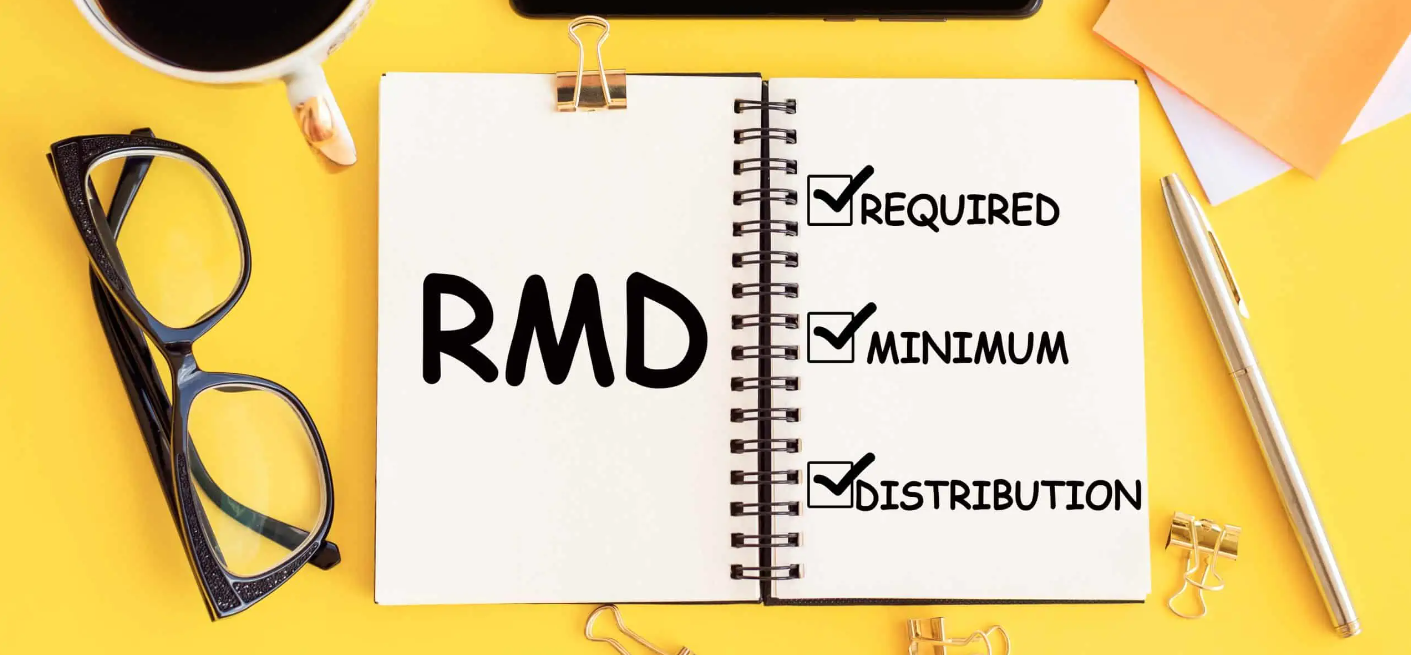Roth IRAs offer a trade-off when you pay taxes now on your contribution, or conversion, in exchange for tax-free earnings later. It’s possible to miss out on tax-free Roth IRA distributions by making mistakes. Here are five steps to follow to make sure money comes out of your Roth IRA tax-free.
Step 1. Aggregate your Roth IRAs.
The IRS considers all of your Roth IRAs as one Roth account for tax purposes. Therefore, there is no tax benefit when keeping conversions in a separate Roth IRA from your contributions.
Step 2. Follow the ordering rules.
Funds leave your Roth IRAs in a certain order.
- Contributed amounts are distributed first.
- Converted amounts are distributed next, first in, first out.
- The last out would be earnings.
Step 3. Remember, contributions are always available tax- and penalty-free.
Not only do your contributions come out first, but in addition, they are also always available tax and penalty-free. This means that if you need to tap your Roth IRA, you can easily access contributions without adverse tax consequences, regardless of your age or how long you had the Roth IRA.
Step 4. Avoid penalties on converted funds.
Converted funds are always distributed tax-free. This makes sense since you already paid taxes when you converted them. However, amounts that were taxable at conversion may be subject to the 10% early distribution penalty if you are under the age of 59½ at the time of the distribution and the conversion was less than five years ago. This five-year clock begins separately for each conversion you do. What if you are over age 59 ½ when you take converted dollars (not earnings) from your Roth IRA? Then, you have no worries about this five-year clock.
Step 5. Aim for qualified distributions of earnings.
Earnings are not subject to tax if the distribution is a qualified distribution. Your distribution is qualified if it is made after you have owned any Roth IRA account for five years AND you are over the age of 59½, or are dead, disabled, or taking the funds for a first-time home purchase.
The five-year period for qualified distributions of earnings can be confusing. It is different than the five-year period for penalty-free distributions of converted funds discussed above. It does not re-start with each Roth IRA contribution or conversion. If you contributed $1 dollar to your Roth IRA in 2017, and then in 2020 you converted your one-million-dollar traditional IRA to the Roth IRA, then as of January 1, 2022, all the Roth money would be considered to have been held for five years for purposes of determining qualified distributions of earnings. Your Roth IRA 5-year clock began on the first day of the year for which the first dollar of Roth contributions was made.
By Sarah Brenner, JD
Director of Retirement Education











